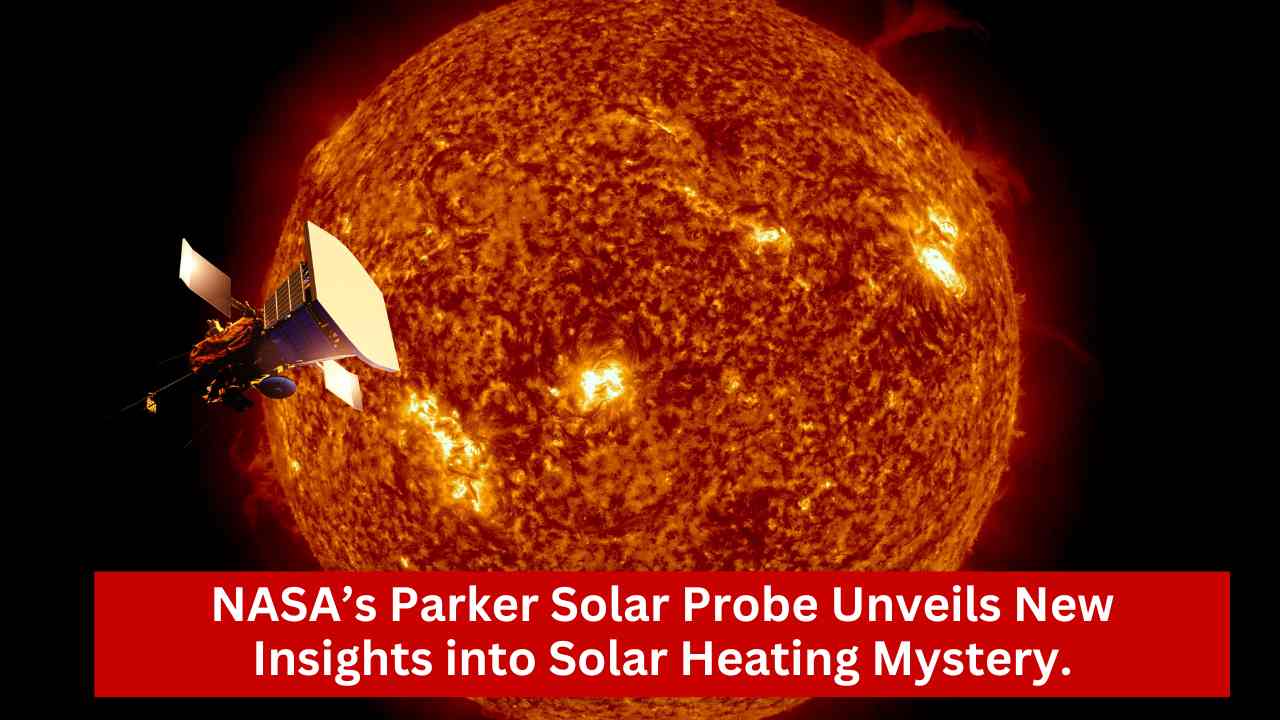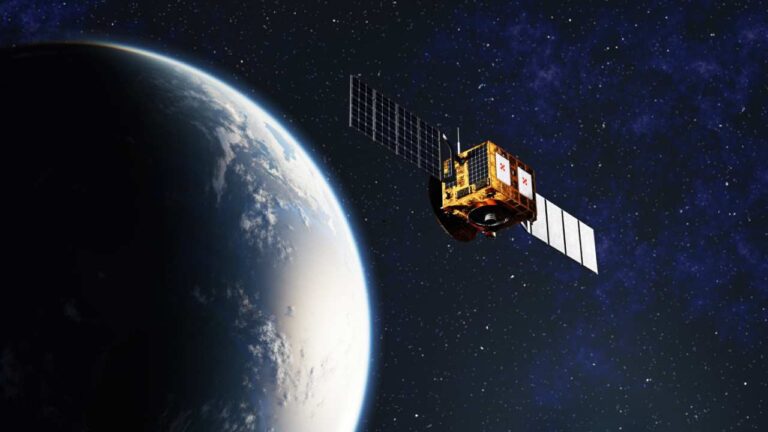NASA’s Parker Solar Probe Unveils New Insights into Solar Heating Mystery.

NASA’s Parker Sun oriented Test has taken critical steps in unwinding a well established puzzle about the sun. The rocket has conveyed new experiences into why the sun’s external air, known as the crown, is a lot more smoking than its surface. This conundrum, known as the “coronal warming secret,” has confounded researchers for a really long time.
Revelations from the Parker Sunlight based Test The Parker Sun oriented Test, the quickest human-made object, has now finished 20 close passes by the sun. During these experiences, it gathered information uncovering sudden inversions toward the sun’s attractive fields, named “curves.” These bends may be essential in understanding how the crown is warmed. Scientists guess that the energy delivered by these attractive field inversions could add to warming the crown and speeding up the sun powered breeze.
Regardless of the photosphere being nearer to the sun’s center, where atomic combination happens, the crown’s temperature is many times higher. The Parker Sun oriented Test’s information has shown that bends are normal in the sun powered breeze near the sun. Be that as it may, they are not seen to start from the actual crown, which limits one of the main hypotheses about their part in coronal warming.
Disentangling the Warming Components Researchers are investigating elective instruments that could make sense of the crown’s high temperatures. One chance includes touchy impacts of turbulent attractive field lines on the sun’s surface. These crashes could make vibrations like culled guitar strings, speeding up plasma in the sunlight based breeze to high paces. On the off chance that a few attractive waves lose energy prior to getting away from the sun, this energy may be saved in the crown, adding to its warming.
The Parker Sun oriented Test’s discoveries refine how we might interpret the sun’s way of behaving and have suggestions for anticipating sun powered storms. The test’s central goal, which started in 2018, keeps on giving important information. It will get back to vicinity to the sun on September 30 and move toward considerably further on Christmas Eve this year. Each nearby pass offers new chances to uncover the mysteries of the sun’s crown and its dynamic cycles.





